Join us today and get immediate access to expert tuition in Energy Medicine, Yoga, Meditation, Aura Sensing, Chakra Balancing, Energy Psychology and even more!
With decades of hands-on experience, we’ve launched this brand new platform to help you unlock the secrets of living joyfully and consciously
Take a peak at what you’ll learn!
Problems signing up? contact us
EXPLORE 50+ Lessons:
Expert video instruction on energy healing, yoga, sound and more
Listen to audio meditations, sound healing tones, or podcasts
Expert guidance sheet(s) on energy medicine, meditation, yoga, breathwork etc.
Plus you’ll get
10% off on selected products and services.**
Access to our refer-a-friend scheme (earn up to a year’s free credit!).**
Please check your inbox for a welcome email from us, along with your login details.


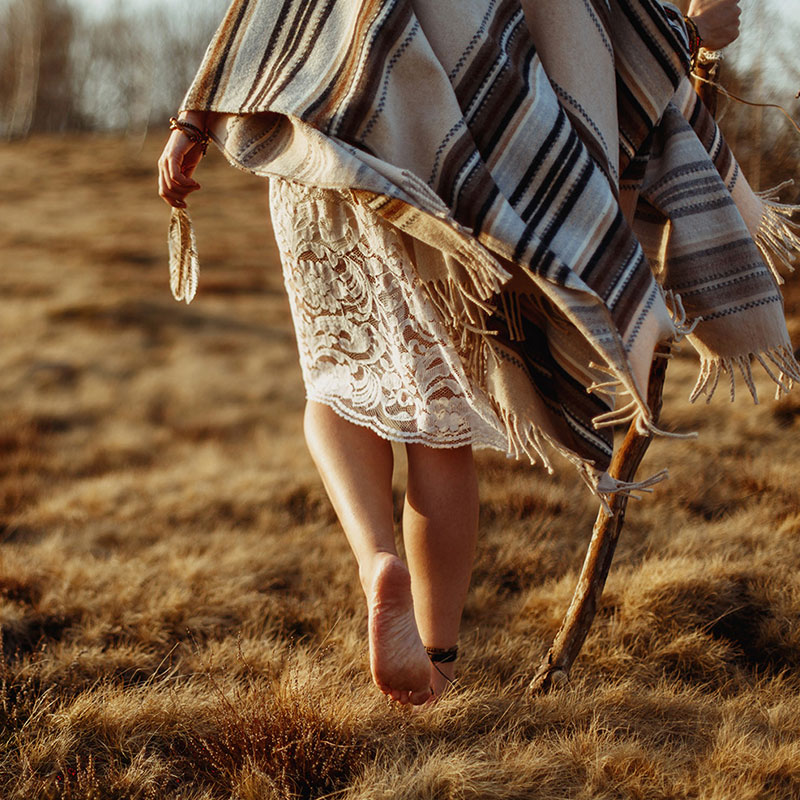
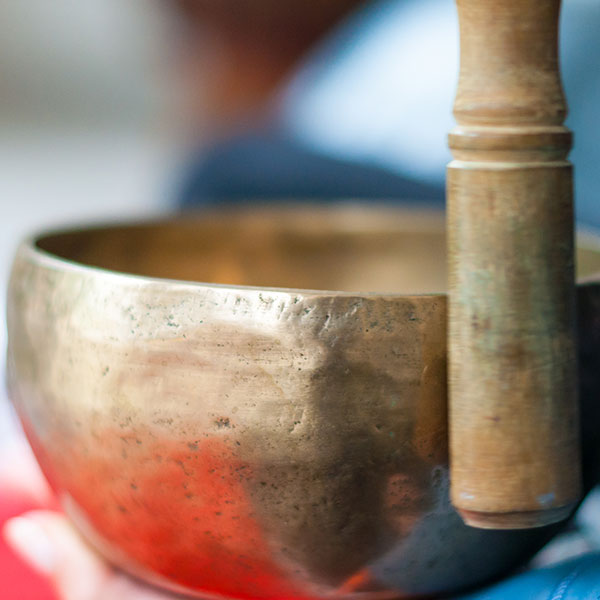
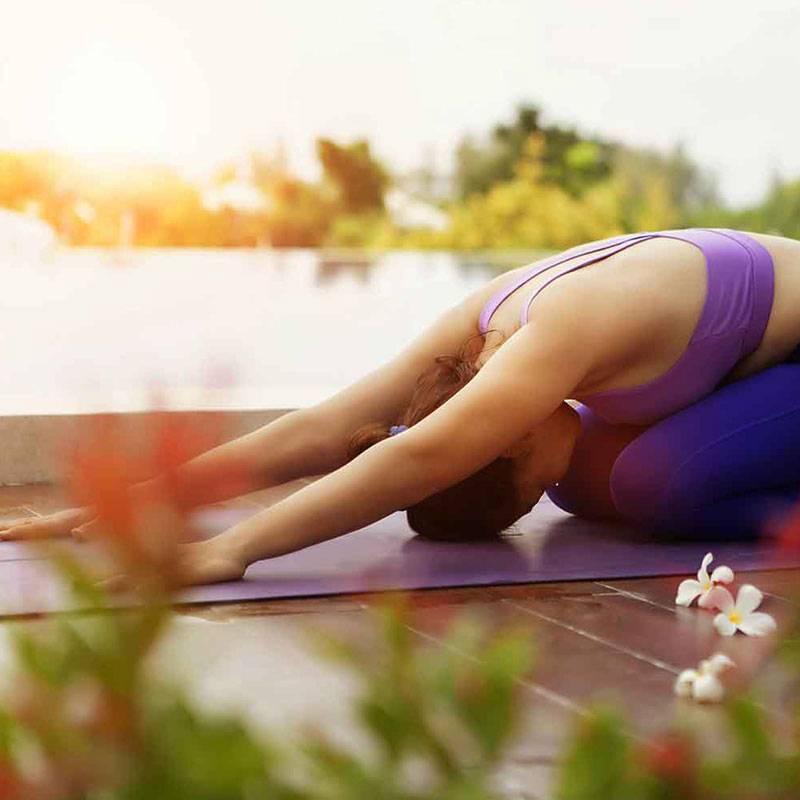
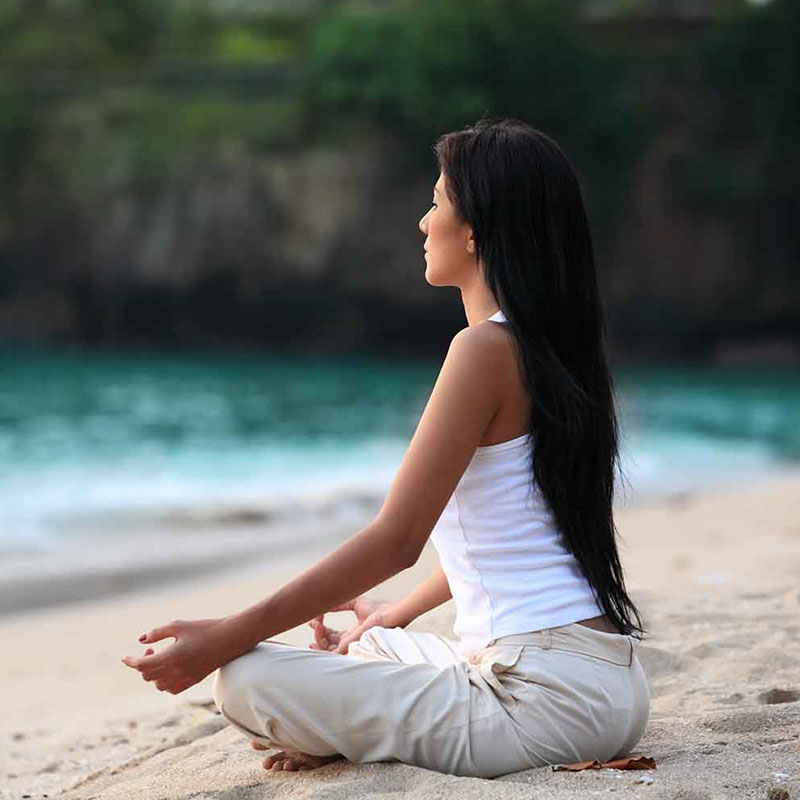
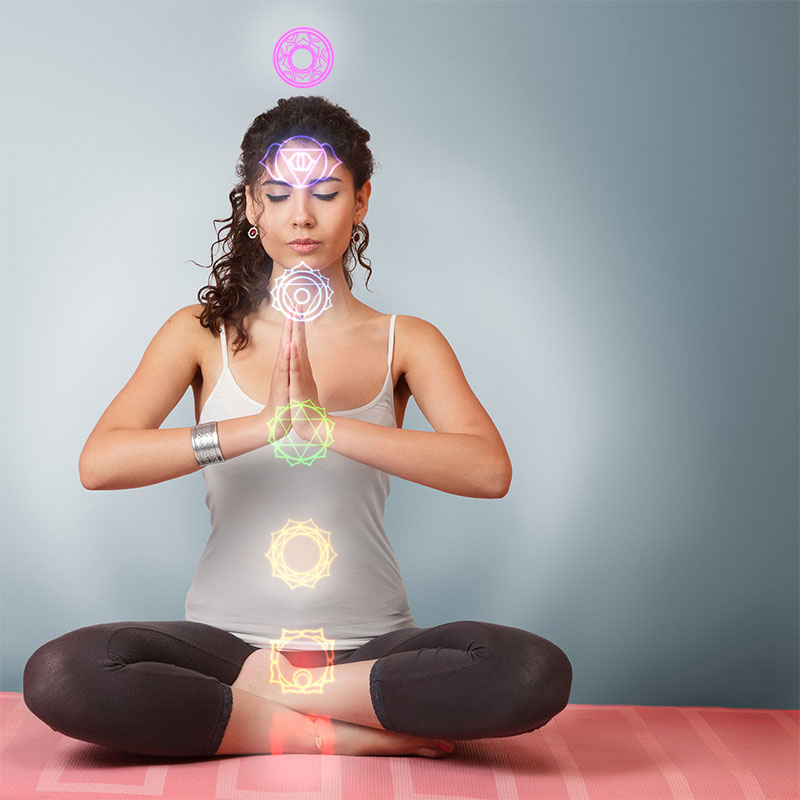


Oops, you didn’t enter anything. Try again or contact us